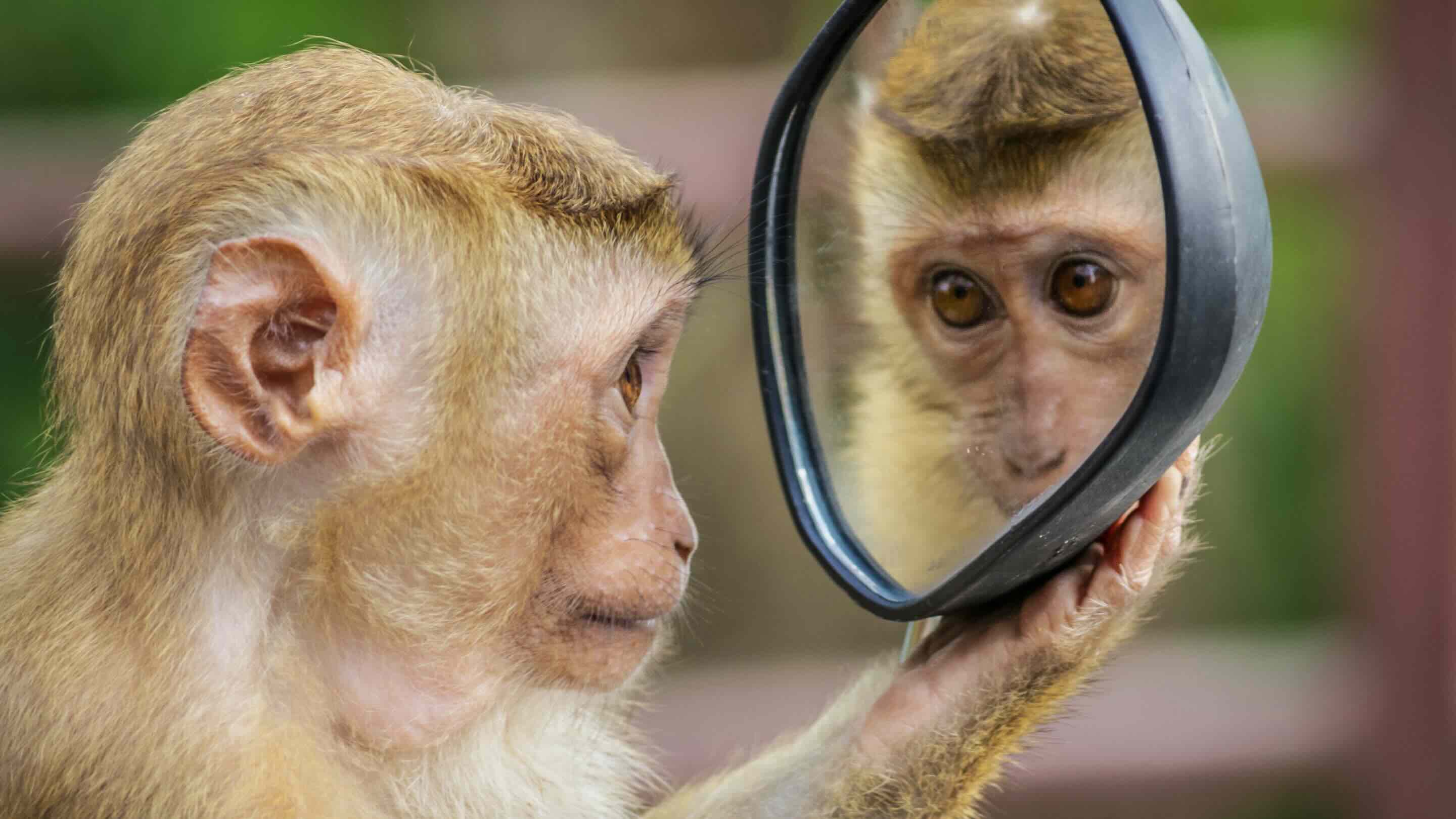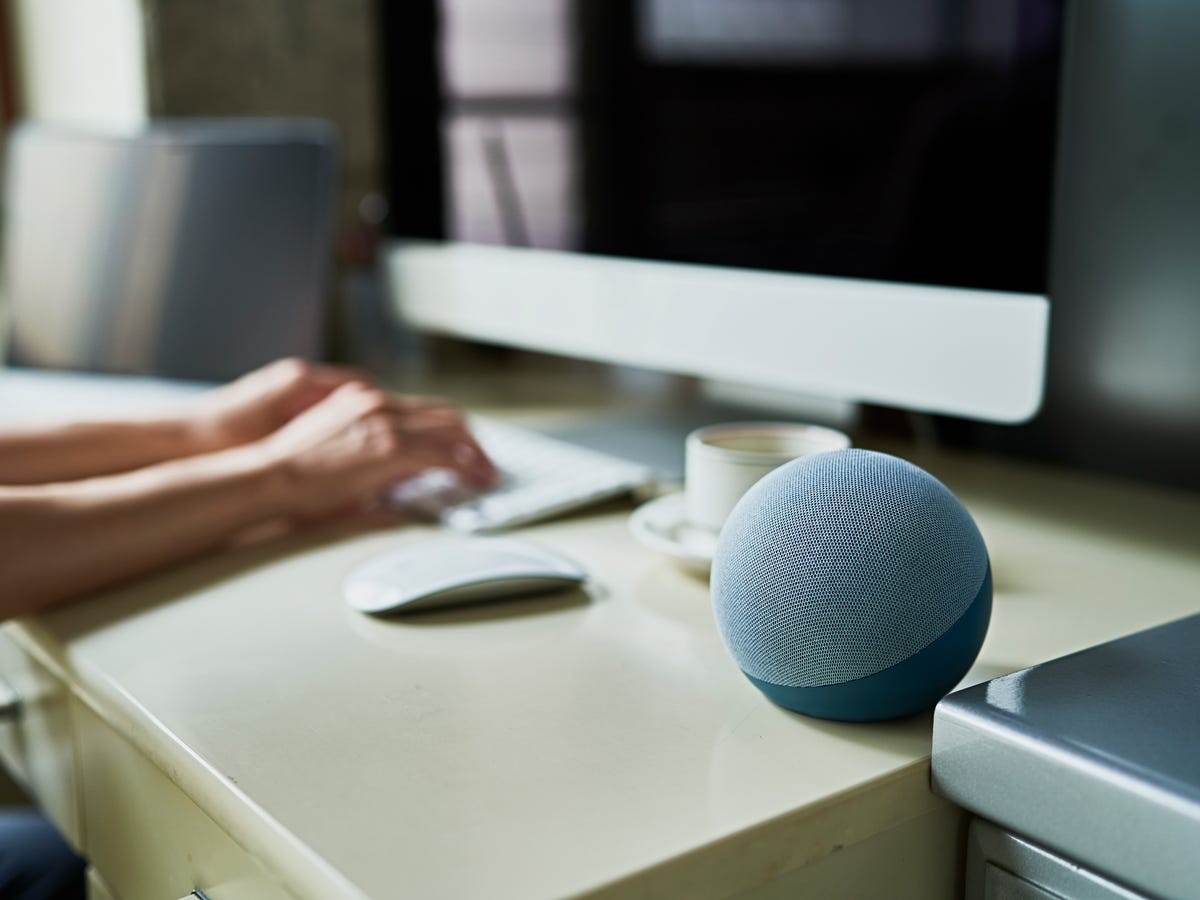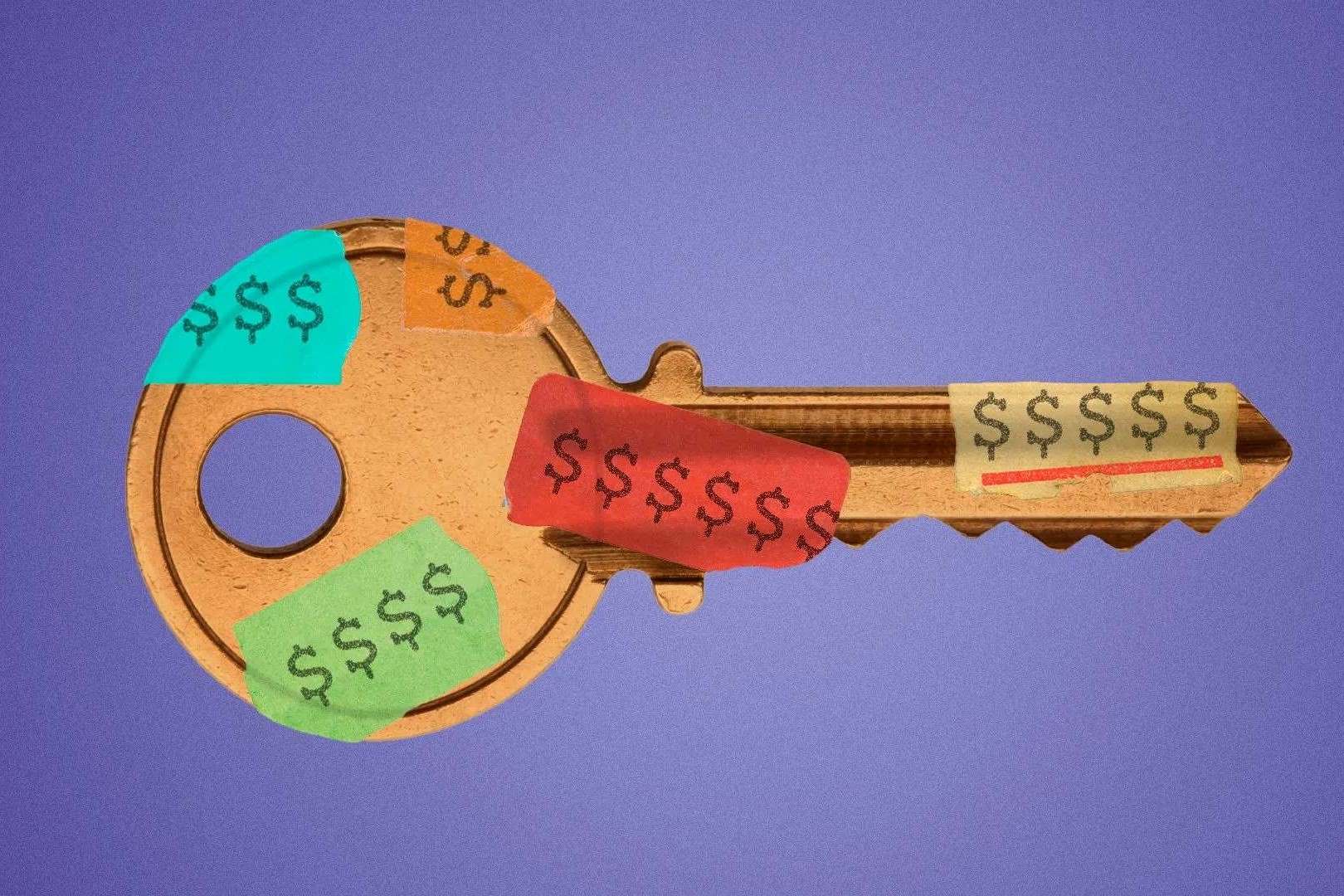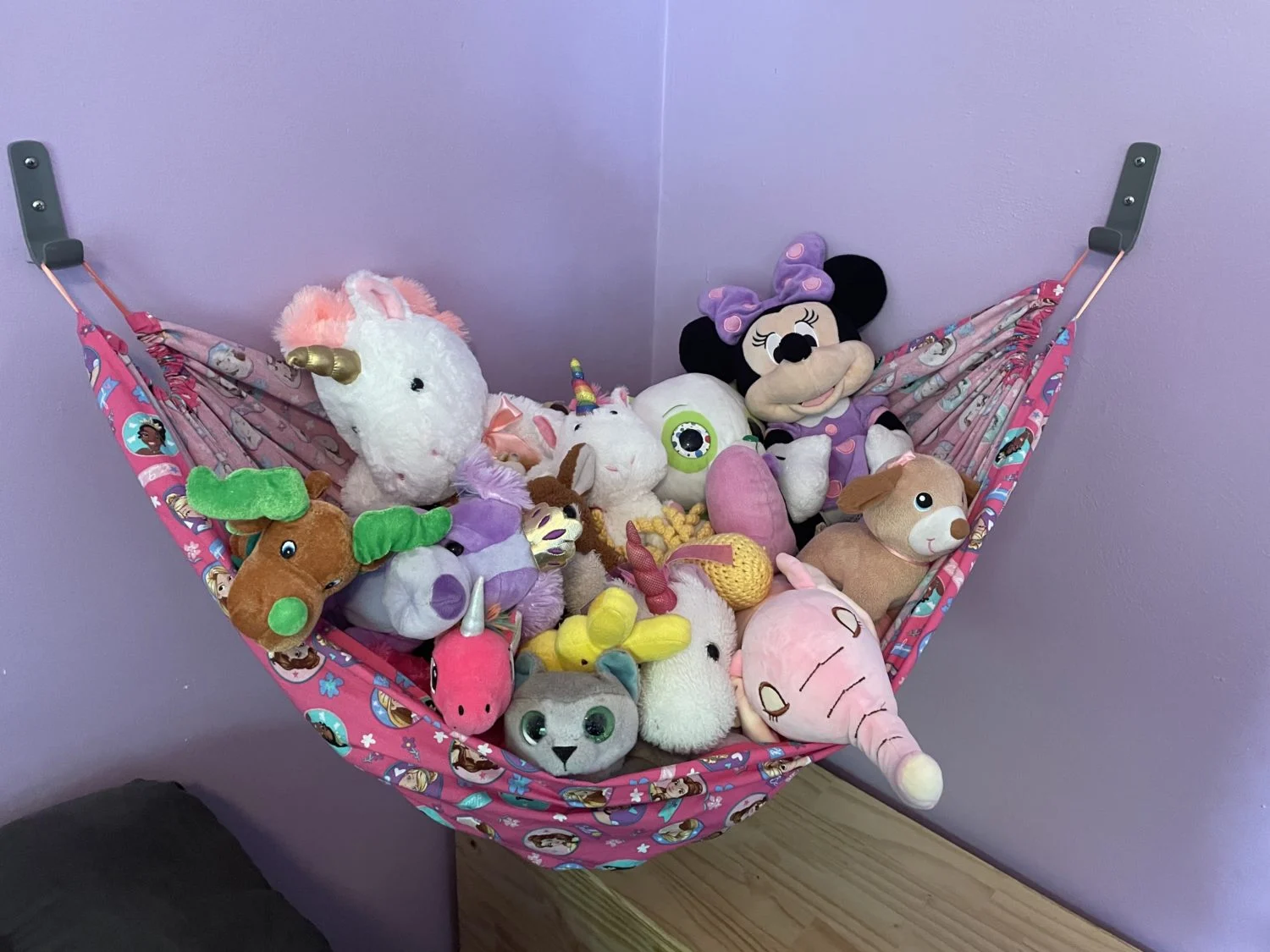

Articles
Which Animals Understand Mirrors
Modified: December 7, 2023
Discover the fascinating world of animals and their perception of mirrors. Read our informative articles to uncover which animals understand and interact with mirrors.
(Many of the links in this article redirect to a specific reviewed product. Your purchase of these products through affiliate links helps to generate commission for Storables.com, at no extra cost. Learn more)
Introduction
For many years, humans have been fascinated by the concept of self-recognition and the ability to understand oneself in relation to the surrounding environment. One way that humans gauge their sense of self is through the use of mirrors. Mirrors provide a reflection, allowing individuals to visually perceive themselves and make connections between their actions and physical appearance.
But humans are not the only species with the ability to understand mirrors. In recent years, scientists have discovered that certain animals also possess this intriguing skill. Through mirror testing, researchers have found evidence of animals recognizing their own reflection and demonstrating a level of self-awareness.
In this article, we will delve into the world of mirror understanding in animals and explore the fascinating discoveries made in this field. From elephants to dolphins, we will uncover the species that have shown an impressive ability to comprehend mirrors and discuss the potential explanations behind their mirror recognition.
Furthermore, we will explore the factors that influence an animal’s ability to understand mirrors and the importance of this skill in their daily lives. By gaining a deeper understanding of mirror recognition in animals, we can marvel at the complexities of the animal kingdom and gain insights into the cognitive abilities of these remarkable creatures.
Key Takeaways:
- Animals like great apes, dolphins, and elephants demonstrate a remarkable ability to recognize themselves in mirrors, showcasing their cognitive complexity and self-awareness.
- Mirror understanding in animals plays a crucial role in their cognitive development, social interactions, and overall well-being, highlighting the fascinating intricacies of the animal kingdom.
The Concept of Self-Recognition
Self-recognition is a complex cognitive ability that involves the awareness of one’s own identity and differentiated existence. It is an essential aspect of consciousness and is closely linked to an individual’s sense of self and self-awareness.
The concept of self-recognition in animals was first explored in the 1970s by psychologist Gordon Gallup. Gallup conducted an experiment known as the ‘mirror test,’ where he placed a mirror in front of chimpanzees and observed their reaction. If an individual recognized their reflection as themselves, they would exhibit self-directed behaviors or attempts to interact with the mirror.
Since then, the mirror test has been used as a benchmark to determine an animal’s ability to recognize themselves in a mirror. However, it is important to note that not all animals have the same level of self-recognition. While some species demonstrate a clear understanding, others may show little to no interest or fail to recognize themselves entirely.
Scientists believe that self-recognition is not solely based on visual perception. It also involves a level of cognitive processing, memory, and the ability to integrate visual cues with other sensory information. This complex ability is believed to be present in a select group of species, primarily those with highly developed brains and social structures.
Understanding the concept of self-recognition in animals is crucial to appreciating their cognitive abilities and gaining insights into their emotional and social lives. By studying how animals perceive themselves, researchers can gain a deeper understanding of their consciousness and bridge the gap between humans and other intelligent beings in the animal kingdom.
Mirror Testing in Animals
Mirror testing refers to the experimental process of introducing a mirror to an animal and observing their reaction to determine their level of self-awareness. This method allows scientists to assess whether an animal recognizes their own reflection as a representation of themselves.
One of the most common methods of mirror testing is the ‘mark test.’ In this test, a mark or dye is applied to the animal’s body in a location that can only be seen with the aid of a mirror. If the animal recognizes the mark as being on their own body and attempts to touch or investigate it, it is considered a sign of mirror self-recognition.
Over the years, various animal species have been subjected to mirror testing, and the results have been both astonishing and intriguing. While some species have shown clear signs of mirror self-recognition, others have exhibited behaviors that indicate a lack of understanding or indifference towards their reflections.
Among the animals that have passed the mark test are great apes, including chimpanzees, bonobos, and orangutans. These primates have demonstrated a remarkable ability to recognize themselves in the mirror and have been observed engaging in self-directed behaviors, such as inspecting their bodies, making facial expressions, or using the mirror to explore their surroundings.
Furthermore, elephants have also shown an impressive understanding of mirrors. These large mammals have been observed using mirrors to examine parts of their bodies that are typically difficult to see, such as their mouths or feet. The ability of elephants to recognize themselves in mirrors highlights the sophistication of their cognitive abilities.
On the other hand, there are animals that have not shown the same level of mirror self-recognition. For instance, dogs often display a lack of interest or confusion when presented with a mirror. This suggests that they do not perceive their own reflection as representing themselves, but rather as another individual.
Overall, mirror testing in animals has provided valuable insights into the cognitive abilities and self-awareness of different species. It has helped researchers understand the complex nature of self-recognition and shed light on the unique cognitive capacities of certain animals.
Animals that Understand Mirrors
While not all animal species possess the ability to understand mirrors, there are several remarkable creatures that have demonstrated a clear understanding of their own reflections. These animals have passed mirror tests and shown signs of self-recognition, indicating a level of cognitive awareness that is both fascinating and awe-inspiring.
One such animal is the great ape, specifically chimpanzees. Chimpanzees have been extensively studied in mirror testing and have consistently shown a remarkable ability to recognize themselves in mirrors. They engage in self-directed behaviors, such as examining their bodies, making facial expressions, and using the mirror as a tool to investigate their surroundings. This level of mirror understanding highlights the high cognitive capabilities of chimpanzees.
Another primate species that exhibits mirror self-recognition is the bonobo. Bonobos, similar to chimpanzees, have passed mirror tests and displayed self-directed behaviors in front of mirrors. This suggests that they possess a similar level of self-awareness and understanding of their own reflections.
In addition to primates, elephants have also demonstrated an understanding of mirrors. These magnificent creatures have been observed using mirrors to explore and examine parts of their bodies that are typically out of sight. They show curiosity and self-awareness when faced with their own reflections, highlighting their advanced cognitive capacities.
Dolphins are another species known to understand mirrors. These highly intelligent marine mammals have passed mirror tests and have been observed interacting with their reflections. They display various behaviors, such as posing, blowing bubbles, and even performing movements to observe different angles of their bodies.
Aside from these well-known examples, there are other animals that have shown mirror self-recognition to varying degrees. This includes some species of birds, such as magpies and pigeons, as well as a few species of fish.
It is important to note that the ability to understand mirrors is not limited to specific taxonomic groups. It is more closely associated with cognitive abilities and social complexity within a species. Therefore, it is fascinating to see how different animals, despite their diverse evolutionary lineages, possess similar levels of mirror understanding.
Studying animals that understand mirrors provides valuable insights into their cognitive abilities and understanding of the world around them. It challenges our perception of intelligence and consciousness in the animal kingdom, widening our understanding of non-human minds.
Chimpanzees, dolphins, elephants, and magpies have shown the ability to recognize themselves in mirrors, indicating a level of self-awareness.
Factors Affecting Mirror Understanding in Animals
The ability of animals to understand mirrors and recognize themselves can be influenced by several factors. These factors can play a crucial role in determining the species’ level of self-awareness and mirror understanding. Understanding these factors helps us grasp the intricate nature of mirror recognition in animals.
1. Cognitive capabilities: The cognitive abilities of an animal are a significant factor in mirror understanding. Species with higher levels of cognitive complexity, such as great apes and dolphins, tend to exhibit a greater understanding of mirrors, as they possess the cognitive capacity to process visual information and make connections between their reflections and their own bodies.
2. Social behaviors: Mirror understanding is often associated with species that have intricate social structures. Animals that engage in complex social interactions, such as primates and certain bird species like magpies, have a higher likelihood of demonstrating mirror self-recognition. This may be due to the importance of self-awareness in maintaining social relationships and establishing individual identity within a group.
3. Ecological factors: The environment in which an animal lives can also impact mirror understanding. Species that rely heavily on visual information or have a need for self-awareness in their natural habitats may be more likely to demonstrate mirror self-recognition. For example, elephants, with their complex social structures and reliance on visual and tactile communication, show a high level of mirror understanding.
4. Exposure and experience: Animals that have been exposed to mirrors from a young age and have had repeated interactions with mirrors are more likely to exhibit mirror self-recognition. This suggests that exposure and experience play a role in developing the cognitive skills necessary for understanding mirrors.
5. Brain structure: The structure and complexity of an animal’s brain may also contribute to mirror understanding. Species with a larger and more developed prefrontal cortex, which is responsible for higher cognitive functions, are more likely to grasp the concept of self-recognition in mirrors.
6. Genetic factors: Studies have suggested that genetics may influence mirror understanding in some animal species. Certain genetic predispositions may facilitate the development of the cognitive abilities necessary for recognizing one’s own reflection.
It is important to note that while these factors can contribute to mirror understanding, they are not definitive. Animals are unique individuals with varying levels of cognitive abilities and experiences, and there may be exceptions within each species.
By considering these factors, researchers can gain a deeper understanding of the complexity of mirror understanding in animals and appreciate the multitude of factors that shape their cognitive abilities and self-awareness.
Read more: Understanding Your Home’s Circuits
Possible Explanations for Mirror Understanding
The phenomenon of mirror understanding in animals has captured the interest of scientists and researchers for decades. While the exact mechanisms behind this ability are still not fully understood, several theories have been proposed to explain why certain species can recognize themselves in mirrors. These theories provide insightful explanations and shed light on the fascinating cognitive abilities of these animals.
1. Cognitive development: One prevailing theory suggests that mirror understanding in animals is linked to their cognitive development. Animals with higher cognitive abilities, such as primates and dolphins, have more advanced neural processing systems and greater levels of self-awareness. This cognitive development enables them to perceive and recognize their own reflections.
2. Social cognition: Another explanation for mirror understanding revolves around social cognition. Many of the species that exhibit mirror self-recognition, such as primates and elephants, are known for their complex social structures and interactions. Understanding one’s own reflection may be crucial for establishing and maintaining social hierarchies, recognizing familiar individuals, and communicating non-verbally.
3. Sensorimotor integration: Mirror understanding may also involve the integration of sensory and motor information in animals’ brains. The ability to connect visual cues from the mirror with proprioceptive feedback from their own bodies allows animals to form a coherent perception of themselves. This integration of sensory and motor information is believed to be present in species that demonstrate mirror self-recognition.
4. Mirror exposure and learning: Exposure to mirrors from an early age and consistent interactions with mirrors may also contribute to mirror understanding. Animals that have been raised in environments with mirrors and have had repeated experiences of seeing their own reflections are more likely to develop an understanding of mirrors and recognize themselves.
5. Evolutionary adaptations: Mirror understanding could be the result of evolutionary adaptations. Species that possess mirror self-recognition may have evolved this ability to enhance their survival and reproductive success. It may aid in tasks such as self-grooming, monitoring health and injuries, or identifying potential threats in their environment.
It is important to note that these explanations are not mutually exclusive and may intertwine to some extent. The true understanding of mirror recognition in animals likely involves a combination of cognitive, social, neurological, and evolutionary factors.
Further research and studies are needed to gain a more comprehensive understanding of mirror understanding in animals. By unraveling the mechanisms behind this fascinating ability, we can gain deeper insights into the cognitive capacities and complexity of the animal kingdom.
Importance of Mirror Understanding in Animals
The ability of animals to understand mirrors and recognize themselves has significant implications for their cognitive abilities, social interactions, and overall well-being. Mirror understanding plays a vital role in the lives of certain species and has several important benefits and implications.
1. Self-awareness and individual identity: Mirror understanding allows animals to develop a sense of self and individual identity. By recognizing their own reflection, animals can differentiate themselves from others and develop a concept of “self.” This self-awareness is essential for various cognitive processes, including social interactions, problem-solving, and decision-making.
2. Communication and social bonding: Mirror understanding facilitates communication and social bonding among animals. When individuals recognize their own reflection, it can serve as a form of visual communication within a group or species. It can also strengthen social bonds by helping animals identify familiar individuals and establish social hierarchies.
3. Cognitive development and learning: Mirror understanding requires a certain level of cognitive development and learning. Animals that demonstrate mirror self-recognition have to process visual information, integrate sensory feedback, and make connections between their reflection and their own body. This cognitive engagement contributes to their overall mental development and learning abilities.
4. Emotional and mental well-being: Mirror understanding has been linked to emotional and mental well-being in animals. The ability to recognize one’s own reflection can contribute to positive self-perception and reduce stress and anxiety. It allows animals to engage in self-exploration, self-grooming, and self-assessment, which can promote a sense of satisfaction and contentment.
5. Evolutionary advantage: Mirror understanding may provide evolutionary advantages for certain species. It can aid in tasks such as self-recognition of injuries, monitoring health and body condition, and detecting potential threats or competitors. This self-awareness can enhance survival and reproductive success, thus influencing the evolutionary trajectory of those species.
6. Scientific research and conservation: Mirror understanding in animals has captivated the interest of scientists and researchers. Studying mirror recognition provides insights into the cognitive capacities and consciousness of non-human beings. It helps bridge the gap between humans and animals and encourages greater empathy and understanding towards these remarkable creatures. Additionally, understanding mirror understanding can be crucial for conservation efforts by identifying cognitive needs and promoting welfare considerations for captive and endangered species.
Overall, mirror understanding in animals is a fascinating phenomenon with far-reaching implications. It helps us appreciate the cognitive complexities of animals, fosters a greater understanding of their social dynamics and emotions, and emphasizes the need for ethical considerations in the way we interact with and protect the diverse species that share our planet.
Conclusion
The concept of mirror understanding in animals provides a captivating glimpse into the cognitive abilities and self-awareness of the animal kingdom. Through mirror testing, scientists have discovered that certain species, including great apes, dolphins, elephants, and even some birds and fish, possess a remarkable ability to recognize themselves in mirrors.
Mirror understanding is not only a fascinating subject of scientific research but also holds significance in various aspects of animals’ lives. It allows for the development of self-awareness and individual identity, facilitates communication and social bonding among group members, promotes cognitive development and learning, contributes to emotional and mental well-being, and potentially provides evolutionary advantages.
Factors such as cognitive capabilities, social behaviors, ecological factors, exposure and experience, brain structure, and genetic predispositions influence the extent of mirror understanding in different species. Understanding these factors is crucial for gaining a comprehensive understanding of mirror recognition in animals and appreciating the diverse cognitive abilities present in the animal kingdom.
Further research and studies in mirror understanding will continue to shed light on the complexities of animal cognition and consciousness. This knowledge not only enhances our understanding of non-human minds but also encourages greater empathy and conservation efforts for these remarkable creatures.
As we delve deeper into the world of mirror understanding in animals, it becomes evident that they possess intricate cognitive abilities and a deeper sense of self than previously thought. The study of mirror understanding allows us to marvel at the rich tapestry of intelligence in the animal kingdom and serves as a reminder of the importance of preserving and respecting their habitats and well-being.
Frequently Asked Questions about Which Animals Understand Mirrors
Was this page helpful?
At Storables.com, we guarantee accurate and reliable information. Our content, validated by Expert Board Contributors, is crafted following stringent Editorial Policies. We're committed to providing you with well-researched, expert-backed insights for all your informational needs.















0 thoughts on “Which Animals Understand Mirrors”